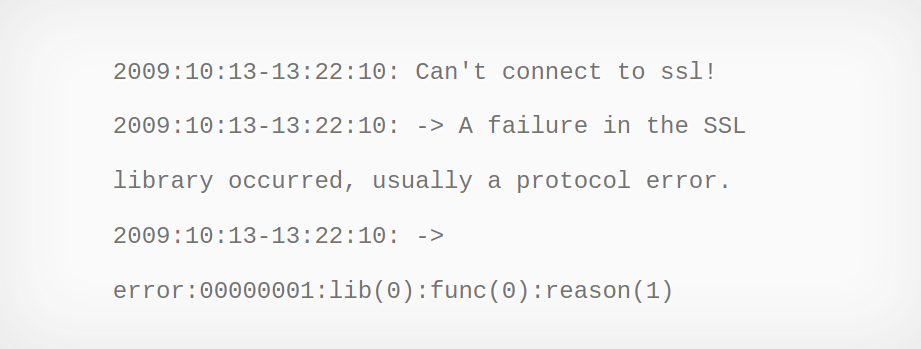

Click Finish to create the ODBC data source:.Note: If you are unsure of the name ask your DBA (database administrator). Enter the Network Name of the SQL Server in the Server field:.Use any Name and Description you prefer.Choose the latest SQL Server ODBC driver and click Finish:.

Right Click and choose Run as Administrator:.Search for ODBC and choose ODBC Data Sources (64 bit):.Windows 10 (64 bit version) supports 32 and 64 bit ODBC sources - always use the 64 bit ODBC Administrator. Run the installer and accept the defaults.Download the latest drivers from the Microsoft ODBC download site.Install the latest Microsoft SQL Server ODBC drivers:.If you need to know which versions of Microsoft SQL Server are supported by the version of Iguana you are using please contact us at set up a new ODBC data source for Microsoft SQL Server: This is particularly true if you are not able to use the the latest version of Iguana. Note: Iguana may not always support the very latest version of the Microsoft SQL Server ODBC drivers, so you can simply download an earlier version if necessary. The name is the name of an ODBC source that you create using the ODBC Administrator.If your script uses connection object methods conn:query Your channel will need a From/To Translator or a Filter component. Name: DB SQL Server Connection (or similar).Create a new channel to try out the code:.We strongly recommend using connection objects to connect to databases, and this is what we demonstrate in the code samples. We recommend using system DSNs (available to all users). Configure ODBC using the ODBC Data Source Administrator:.How to connect to Microsoft SQL Server (with code samples).This article explains how to connect to Microsoft SQL Server with ODBC from Windows 10.


 0 kommentar(er)
0 kommentar(er)
